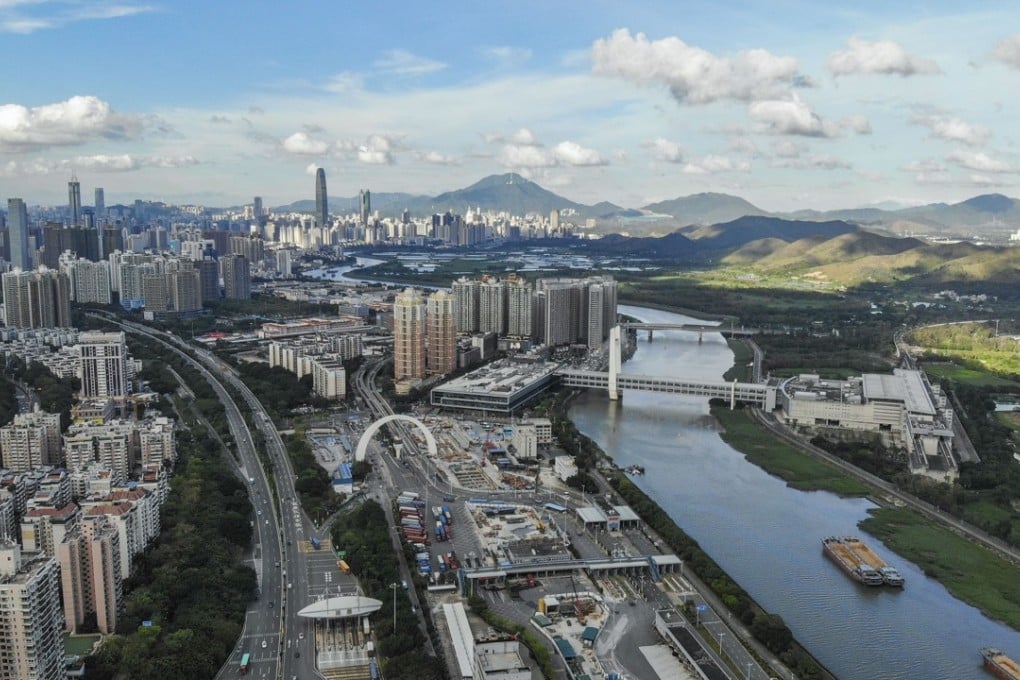Dirty cousin no more: Shenzhen’s green quest leaves Hong Kong miles behind
In less than a decade, the city has cut pollution by 50 per cent and rolled out an all-electric bus fleet, with the target to replace all fuel-powered taxis by 2020

It’s easy to imagine how people in Hong Kong shook their heads in disbelief in 2002 when Shenzhen received a top award by the United Nations for being one of the world’s most environmentally friendly cities. At the time, the southern Chinese city was considered no more than a polluted factory town that one wouldn’t visit unless absolutely necessary, usually for business or shopping for counterfeit goods.
This notion is out of date. Shenzhen, once known for spewing out dark clouds of toxic smoke, has done much to clean up and transformed into China’s most sustainable city, according to several research reports.
In the city, things like livability and lifestyle have undergone enormous changes – with new parks and restaurant areas, better housing and improved air quality. Walking down the streets in Futian or Nanshan, the finance and tech areas, is a cleaner experience than being in the congested streets in Central or Causeway Bay in Hong Kong. In less than a decade, Shenzhen has reduced its average air pollution by around 50 per cent, according to city authorities.
“The Shenzhen government has been very aggressive in cutting roadside air pollution and planting trees along the streets. The Hong Kong government, on the other hand, is extremely slow,” says Edwin Lau Che-feng, founder and executive director of environmental group The Green Earth in Hong Kong. “It’s very frustrating”.

Shenzhen has made global headlines for being the first major city in the world to roll out an all-electric public bus fleet. In 2009, it was chosen as one of 13 Chinese cities to pilot a national new-energy vehicle programme. Today, the city has three times more electric buses than the entire fleet of all buses in New York, and nearly eight times the total of Los Angeles. Lau says the e-bus fleet is not just good for air quality, it represents the city being at the forefront of green novelty.
The city’s electric taxi fleet is substantial as well. Standing by a crossing in central Shenzhen, one would estimate that more than half of all taxis were e-cars from BYD, the Shenzhen-based battery and electric vehicle maker in which American tycoon Warren Buffett is an investor. The city’s transport commission said in December that 62.5 per cent of all taxis in the city were electric, with the goal to turn the fleet all-electric.
Last year the city offered 3.3 billion yuan (US$514.4 million) in subsidies for e-buses and the construction of charging facilities, as well as encouraging taxi operators and private investors to invest in charging poles and stations for e-taxis.